October brings the premiere of two pieces that have deep personal meaning to me. Next week is the premiere of The Story of Our Journey, written about earlier and detailed more here. And at the end of the month Lo! premieres, thanks to a grant from the Brigham Young University Group for New Music. The thing they have in common? Both include a carefully constructed video to complement the music.
I finished the music for The Story of Our Journey in May 2020, yet little did I know how much work still lay ahead. I admit to a serious misperception of the amount of painstaking work that goes into making video, especially to make something as artistically satisfying as the music itself. Our volunteer video director from Their Story is Our Story, Esther Michela, was tasked to make the entire 51-minute video by herself while we battered her with constructive criticism in a push towards a July deadline that, if we had been honest with ourselves, was a complete impossibility. In a state of emergency, TSOS sought out additional help for Esther (realizing that most productions of this stature have an entire team!). They were able to recruit Garrett Gibbons and David McAllister, who provided additional insights and helped with the other movements. Even then, we had too much work to do and after the passing of another impossible deadline (August 1st), we resolved on the first realistic goal of October 16th. I am grateful we waited because the project is now something that has revolutionized the way I want to approach the presentation of my music. Video and music, when properly balanced, are more powerful than when separate. Especially when only online performances are readily consumable, a good video is everything.
How does one balance video and music? This is a question of counterpoint, which is normally a term used to describe the interaction between musical lines. The principles are similar, for there must be a relationship between the two elements that allows for one to not overpower the other. On the one extreme, a video of a live performance from one camera angle is all about the music and relegates the video component to simply a captured moment that probably would have been much cooler live. The opposite of this is film music, where the music always lurks in the shadows while the visuals drive the narrative (especially in Hollywood films). Musically sensitive film directors and composers are able to navigate good counterpoint with the music, and you know this when you remark on the music and the film. The best counterpoint between video and audio would include some sort of interaction between video and audio that allows both to “speak,” which means that there needs to be some crossover in traditions.
The Story of Our Journey captured the happy medium between the two in ways I did not initially consider. Crucial to the music are the interview clips; in fact, every melody in the clarinet and synthesizers—almost every musical note in the entire piece—rises out of the speech patterns and even the background noises (especially a distinctive truck horn) in the interviews. When the video team matched the interview content with its fragmented audio counterparts in the music, it created additional opportunities for interaction. Video effects caught the grittiness of my noisy synthesizers inspired by desert sands from the narrative. The energy of the oceanic electronic rushes became a literal dive underwater with the refugees crossing the Mediterranean. A complex web of relationships were either clarified or compounded onto what the music alone had to offer, and I feel like the image complements rather than conquers the music, which would have been tempting to do. Our clarinetist Csaba Jevtic-Somlai keyed the term Gesamtkunstwerk for this perfectly balanced collaboration. I am grateful to Esther Michela and Garrett Gibbon’s enormous efforts to make such a wonderful and equal counterpart to the music.
The process inspired me to try my hand at video-making, which became important for my commission by the Brigham Young University Group for New Music. I wanted to have complete freedom and safety in my video-making, so I took historical public domain footage from the Prelinger Archives, specifically old television advertisements and a short-lived game show. Again I took the audio from this archival footage and made it central to the music, and I put a thick layer of noisy gestures to complement the video clips’ rough sound quality. It was surprisingly intuitive to work with video editing software because the abstract development of materials is still the same. I found the ideas of opposition, fragmentation, juxtaposition, large-scale evolution through variation, and so forth relatable in terms of color and audio effects. With the help of a friend Erin Jossie, I was able to capture nature imagery for the end of the piece and edit it to feel natural (going through a variety of shots instead of developing material was less natural to me, and I definitely needed the counsel!).
Despite my best efforts, the video was much improved by my brother Michael, a professional multimedia artist. He was able to express the noise in the audio in a way I could not and added some visual consistencies that helped unify the work. He did countless micro-edits in addition to some major reconstruction and still managed to keep my original vision and feel intact. I learned that I have much to do in having the technical capabilities, the imagination, and the eyes for top-grade video editing, and I look forward to collaborations very soon to continue learning.
It’s hard to go back to setting one camera down at a performance after considering how video changes the viewer’s experience. We love to simply listen to music as musicians, but video done artfully adds a visual perspective that approaches both a depth and immediacy hard to achieve in music alone, especially when estranged from its live venue. Here’s to much more video work in the near future.

